

It is time to heal the planet!
April 19, 2020Two plates and the purpose
August 10, 2020Are you communicating heart to heart?
We cannot live without communication and the current uncertain times have certainly proven that. But when you think about basic communication, our daily interactions are often superficial.
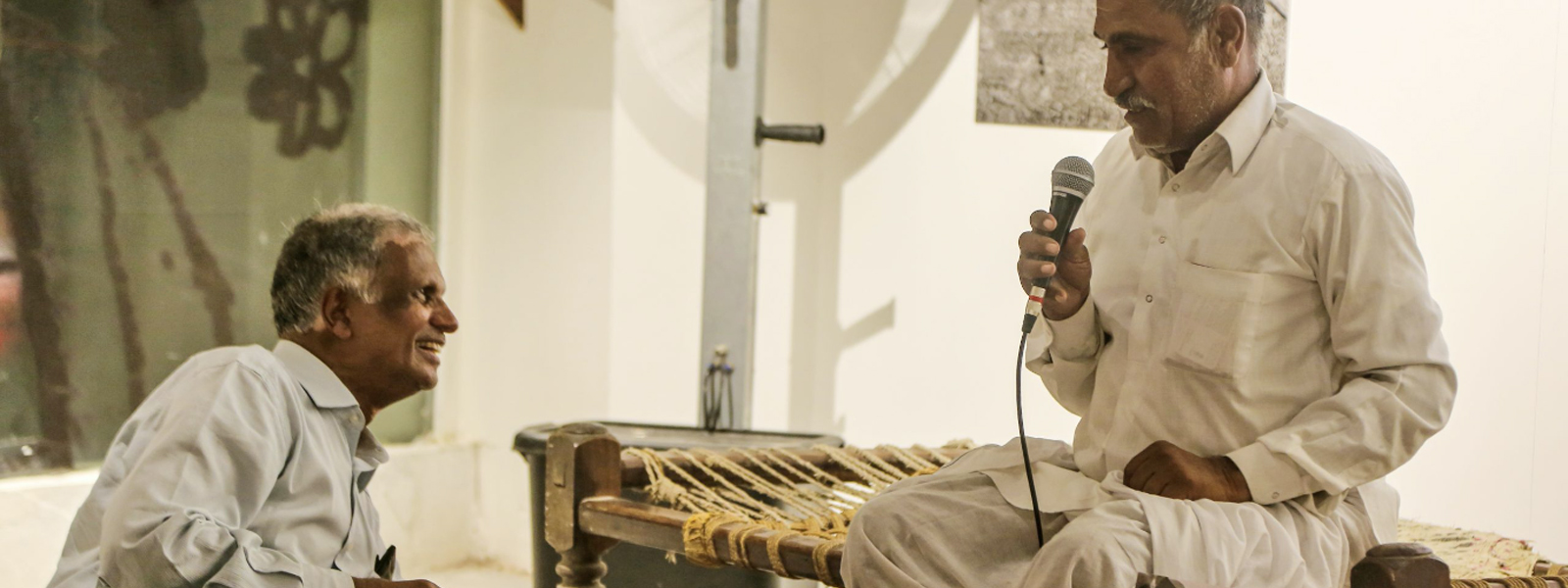

One of the most important abilities we have as human beings is the art of communication. We cannot live without it. Every aspect of our life involves communicating. Even if we visit a foreign country where we do not know the language, we can somehow manage – however difficult – to communicate thoughts and ideas to others without even speaking. Such is the power of communication.
We cannot live without communication and the current uncertain times have clearly proved that. But when you think about basic communication, our daily interactions are often superficial. We all greet each other to be polite but how often do we really mean it when we ask, “How are you doing?”
When you come across a person who asks about your life in a way that you can truly discern the care and concern, that makes a lasting impact. I admit that I am a people person. I love interacting with others and hearing their stories. Any founder that stays away from people is doing him or herself a disservice is also cheating employees – and ultimately customers – from authentic experience.
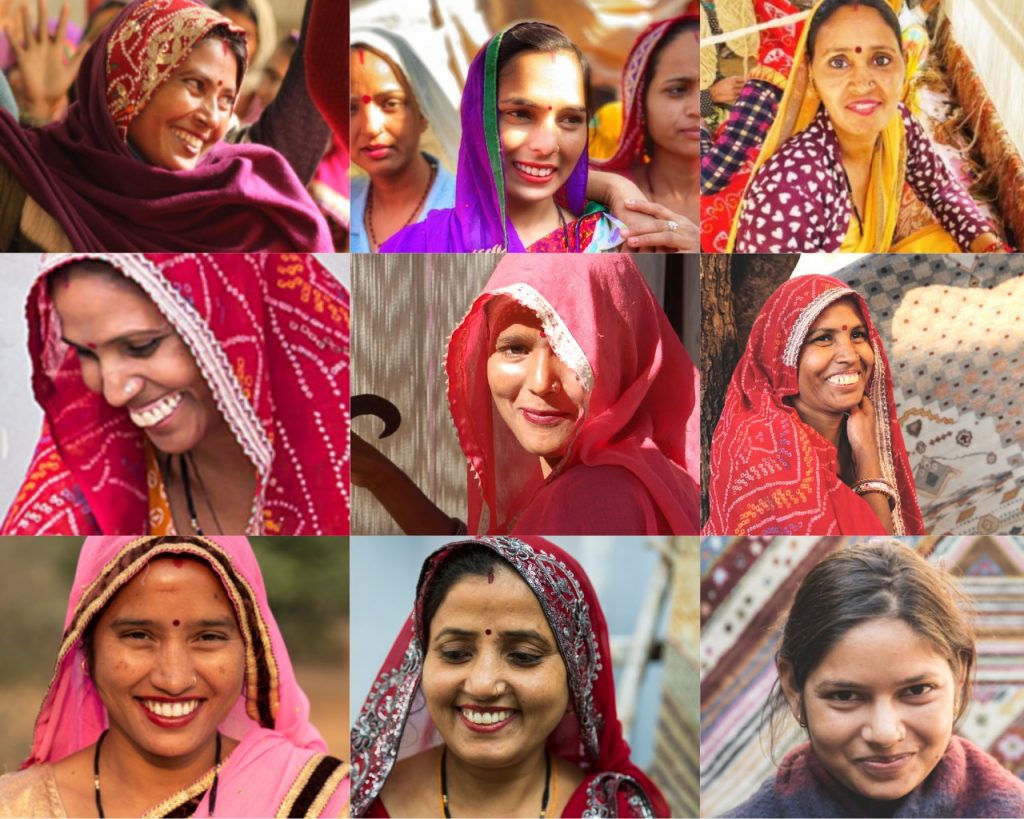

Now is the time to revive human connections!
Even though people are connected like never before because of the internet and easier means of travel, in actuality, deep human-to-human connections are slowly withering. Because of this, empathy decreases and so does how we relate to one another. One side effect of the ongoing COVID-19 pandemic is that even though we are far apart, more people are taking the time to contact each other.
We do this to make sure our family and friends are doing fine. But why does it take a global event such as a pandemic to make us realize how important human interactions are?
We make a point of making heart-to-heart connections at our organization by following these practices:
Sensing Journey
The weavers are the core of our group. To understand the company as a whole, anyone who works at the Jaipur Rugs head office must spend quality time with the weavers in their village.
Through this Sensing Journey, head office employees and artisans interact in an impactful way and are able to cultivate deep listening skills that connect them to the weavers so that they become more empathetic.
Manchaha Project
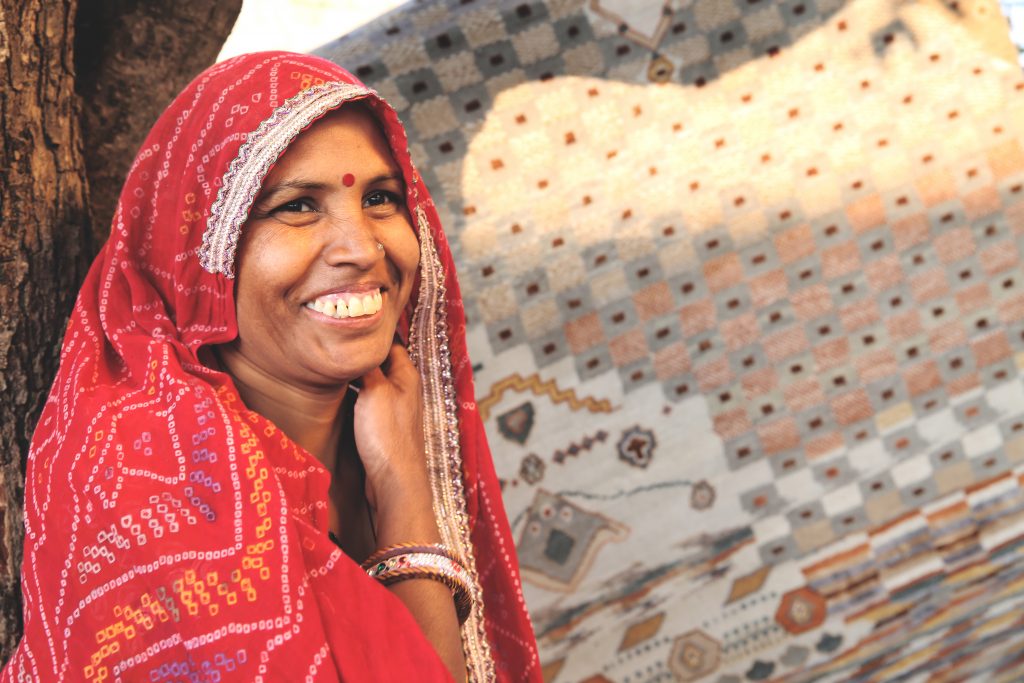

One of our most successful initiatives and one that I am extremely proud of is the Manchaha Project wherein weavers design their own rugs instead of relying on a professionally created blueprint.
We tend to compartmentalize people based on their profession: a banker is just a banker, a farmer is just a farmer, or a weaver is just a weaver. But everyone is much more than just their profession.
We want to make sure that we work to improve the creative capacity of our artisans and appreciate their immense talent even though they may not be formally trained designers. The program has been an astounding success because artisans are given the freedom to use their natural talents. The rugs they have created have been recognized internationally.
Weaver Engagement Programme
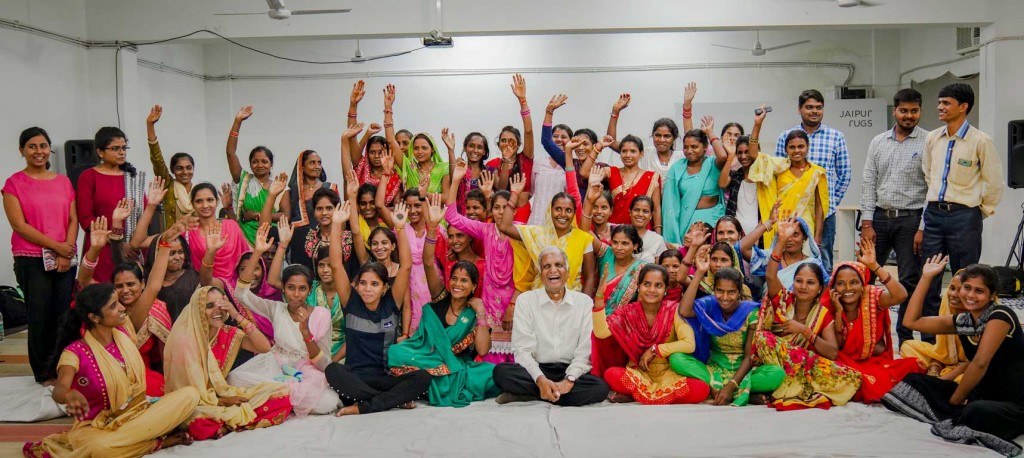

Another important program for us is Weaver Engagement Programme. Artisans make carpets in their villages and so rarely get the chance to visit the head office. I was surprised to hear that many of them were not even sure what the final products that they worked on so diligently looked like until we started this program.
That is why weavers come to Jaipur and are able to see the entire carpet-making process. The artisans can see for themselves how important their contribution to the final result. I make sure to meet and connect with each and every weaver because I want them to understand their integral role in the success of the entire organization.
It does no good for a CEO to just sit in his or her office. This creates a distance from employees that has a negative effect on the overall organization. Leaders must lead and the only way they can do that is by making heart-to-heart connections with each and every person in their organization.
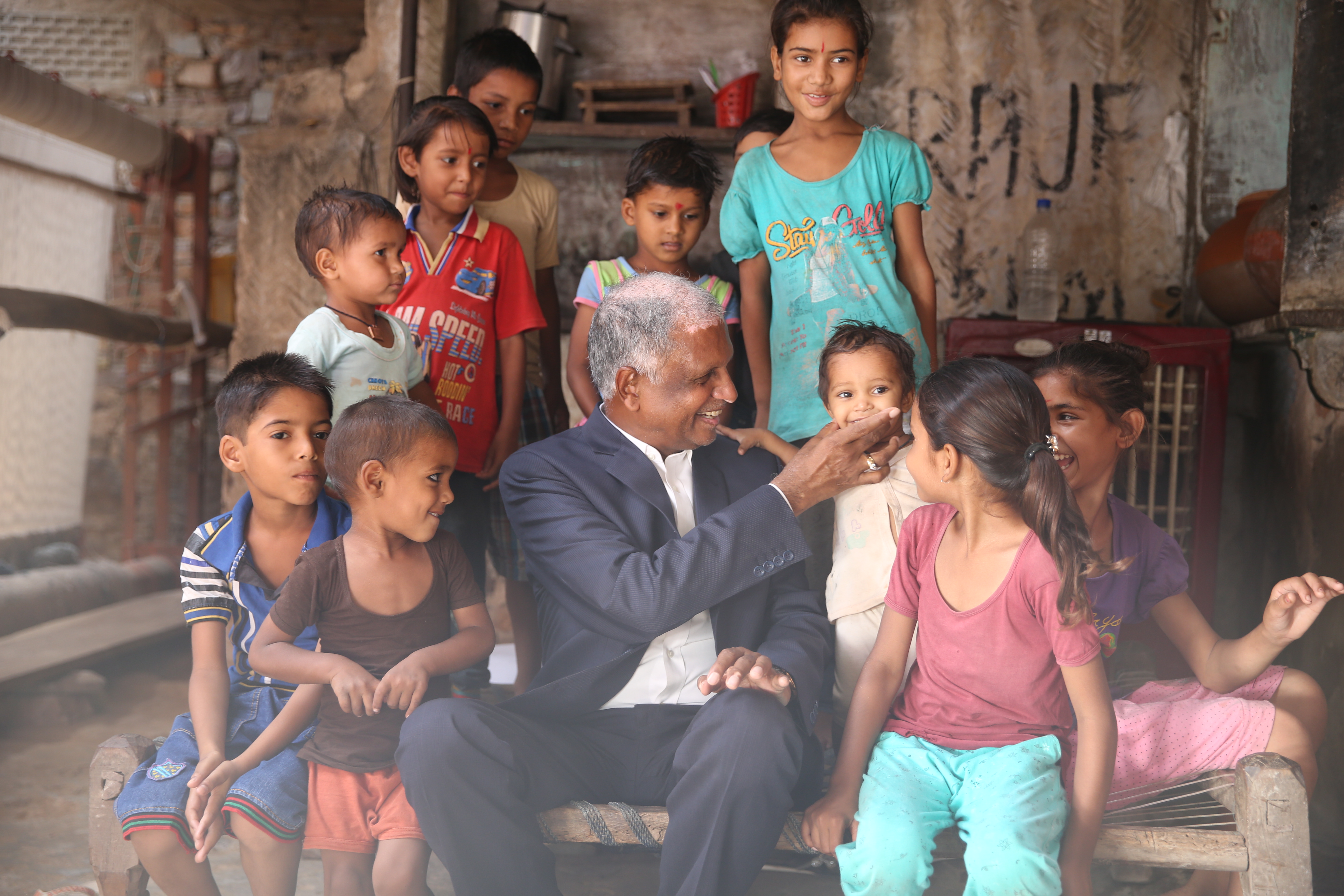

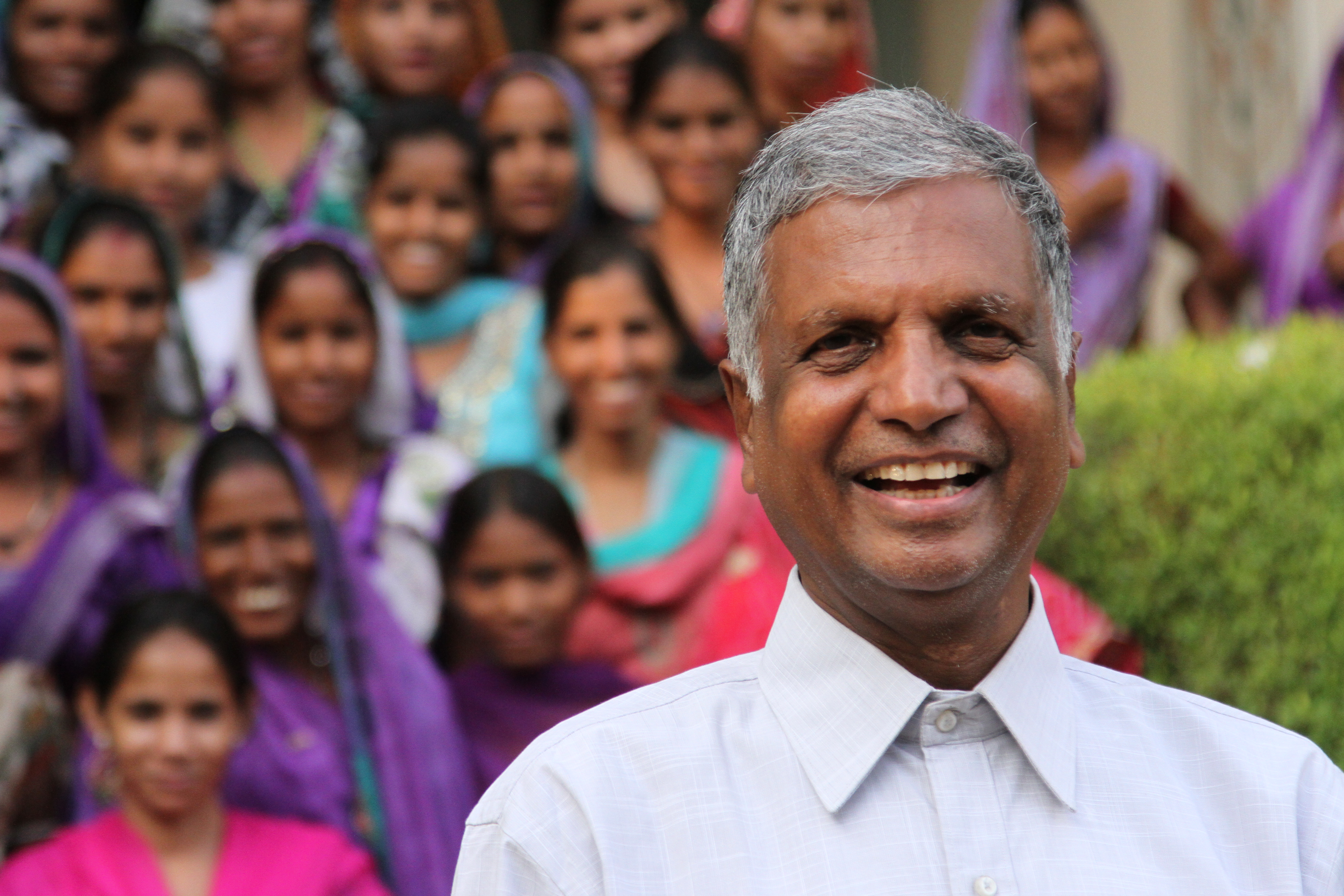
1 Comment
Great work